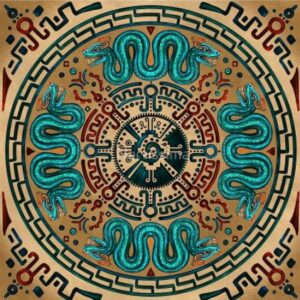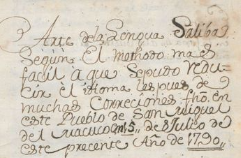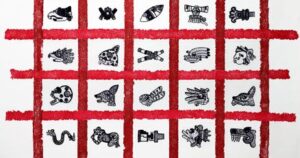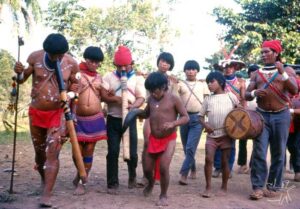
Notes sur le logogramme T0042/1G8 de l’écriture maya
AMERINDIA 43: 291-322, 2021 Jean-Michel HOPPANSeDyL (Laboratoire Structure et Dynamique des Langues), CNRSAlexandre SOLCÀChercheur indépendant DOI : https://doi.org/10.56551/IUEL1766 Abstract: Sign n° 42 in 1962 J. Eric S. Thompson’s “Catalog of Maya Hieroglyphs”(classified as grapheme 1G8 in 2003/2009 Martha J. Macri’s









